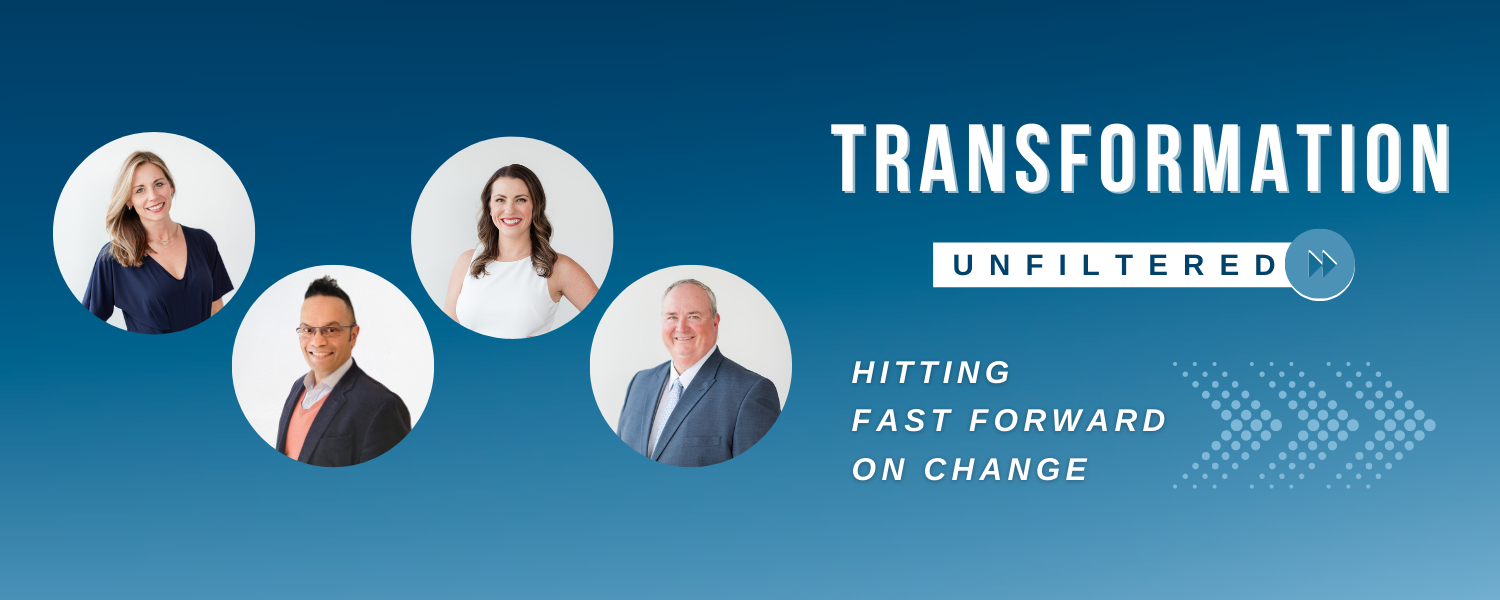Episode 5
The Blueprint to Cultivating Proactive Workplaces
Summary:
Dr. Jim explores the essence of being proactive in organizations, emphasizing a culture of listening and action throughout the employee lifecycle. He delves into the necessity of having mechanisms to gain insights from employees and market trends, from pre-hire to retirement. Dr. Jim highlights the importance of not just gathering feedback but also crafting actionable plans that engage impacted employee groups. By embedding listening and responsiveness, organizations can stay ahead of workplace trends and avoid being caught off guard. This episode offers a roadmap to cultivating a truly proactive organizational culture.
Chapters:
0:00
Creating a Listening and Action Culture for Proactive Leadership
0:56
Gaining Employee Insights Across the Entire Lifecycle
1:51
Transforming Feedback Into Actionable Workplace Strategies
2:23
Building Proactive Cultures Through Embedded Employee Listening
Host Dr. Jim Kanichirayil: linkedin.com/in/drjimk
Executive Producer Jim Kanichirayil: linkedin.com/in/drjimk
Music Credit: "Lost in Dreams" by Kulakovka
Transcript
And that should be embedded at all stages of the employee life cycle. Here's what I mean. If you're looking to be proactive. But you have no mechanism in place to hear what's going on in the marketplace, what's going on within your employees, what's going on at the strategic level and what's going on at the managerial tiers.
Look at the entire employee [:Take in and see trends as they happen. If you have no mechanism for cultivating that or gathering that you're going to be in trouble, but it's not enough to just listen. That listening exercise is just the first step. So whether you're talking about. Feedback on the hiring process, whether you're talking about feedback on the interviewing process or on the backend, when an employee leaves, getting exit interviews, all of those things are a first step.
ction plan, that action plan [:You're going to be reactive instead of proactive. And then you're going to be setting yourself up for disappointment. Because things are going to be catching you flat footed that you never saw coming. If you want to be proactive, you need to build a culture that has embedded listening through the entire employee life cycle.
And you've built a culture that takes the feedback that you're getting and then clarifies it and acts on it. That's the formula for being a proactive. Organization that is responsive to workplace trends.



